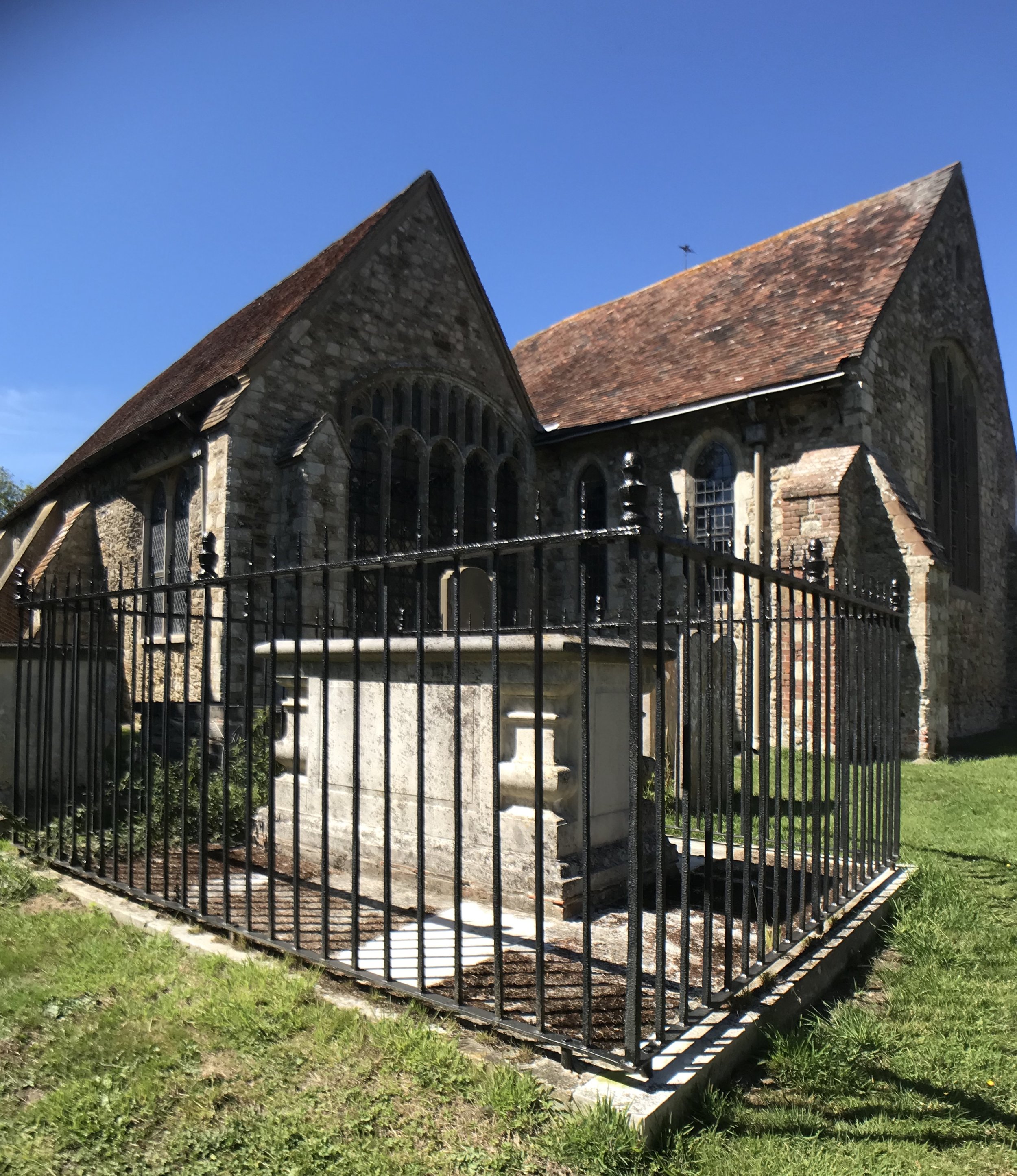
Project Case Studies
TOMBSTONE RESTORATION AT BROOKLAND
The Romney Marsh Historic Churches Trust supported essential restoration work to eight tombstones at St Augustine’s, Brookland. All of the monuments, two of which are listed, were in a badly dilapidated condition with substantial growth of vegetation in and around the tombs.

BEFORE
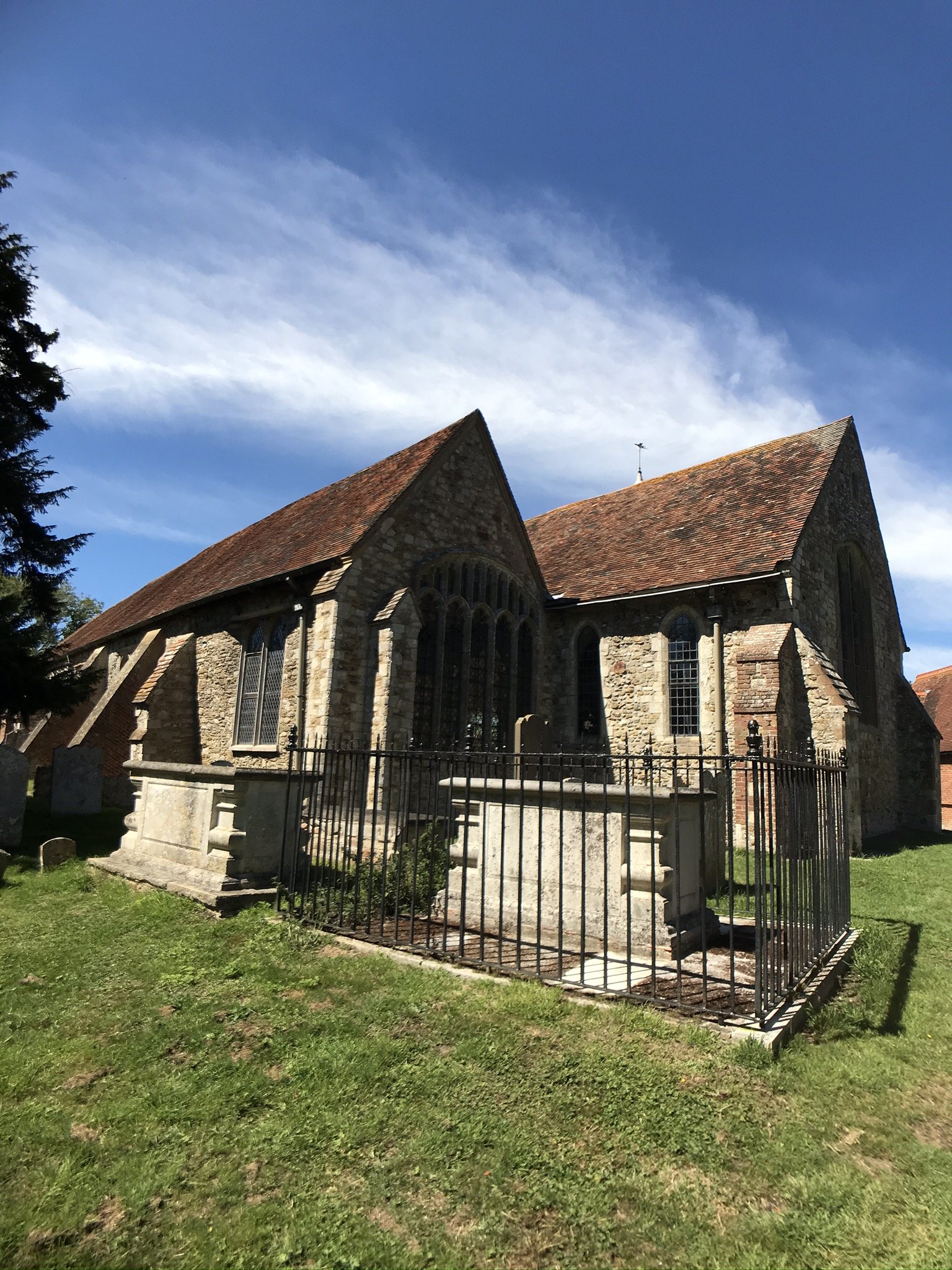
AFTER
The Problem
The monuments, dating from the 18th and 19th centuries, were in a badly dilapidated condition with substantial growth of vegetation in and around the tombs. The tombs were at risk of crumbling into ruin. The heavy masonry was becoming dangerous and could cause injury.
BEFORE RESTORATION WORK:

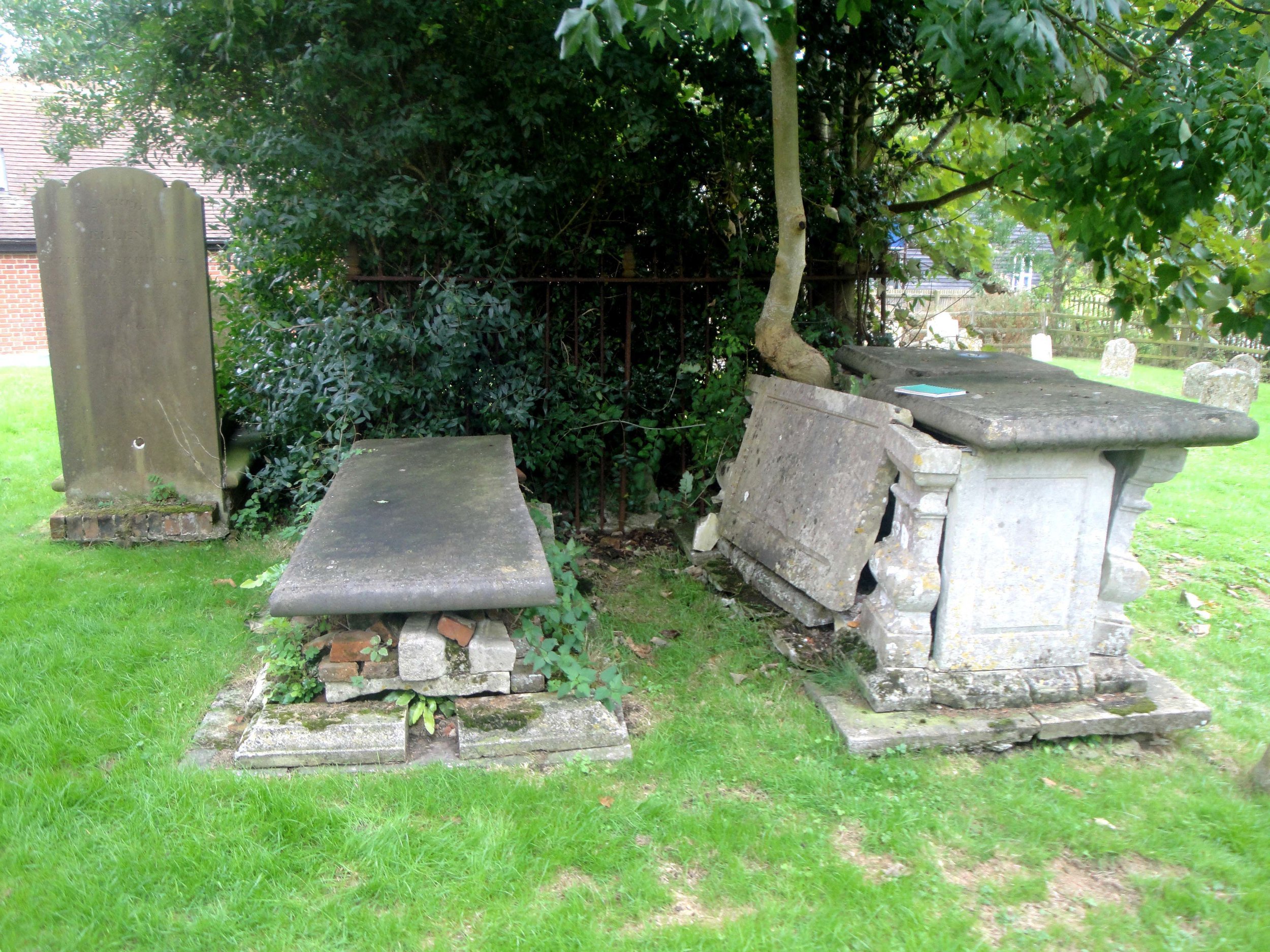
![Tombs 1 & 2 [2].jpg](https://images.squarespace-cdn.com/content/v1/62d56827bb5c3734e705ecfe/3eff7acf-1e4a-4b5f-8656-298df4ec0104/Tombs+1+%26+2+%5B2%5D.jpg)
![Tomb 8 [4].jpg](https://images.squarespace-cdn.com/content/v1/62d56827bb5c3734e705ecfe/ee8c7bd4-70a2-47e4-8141-b62260ecbb64/Tomb+8+%5B4%5D.jpg)

![Tomb 6 [2].jpg](https://images.squarespace-cdn.com/content/v1/62d56827bb5c3734e705ecfe/4f129850-5411-4594-81d9-7adae7d7315d/Tomb+6+%5B2%5D.jpg)
![Tomb 4 [1].jpg](https://images.squarespace-cdn.com/content/v1/62d56827bb5c3734e705ecfe/36d0cdbc-8fa2-4e1a-8066-80434a812e66/Tomb+4+%5B1%5D.jpg)
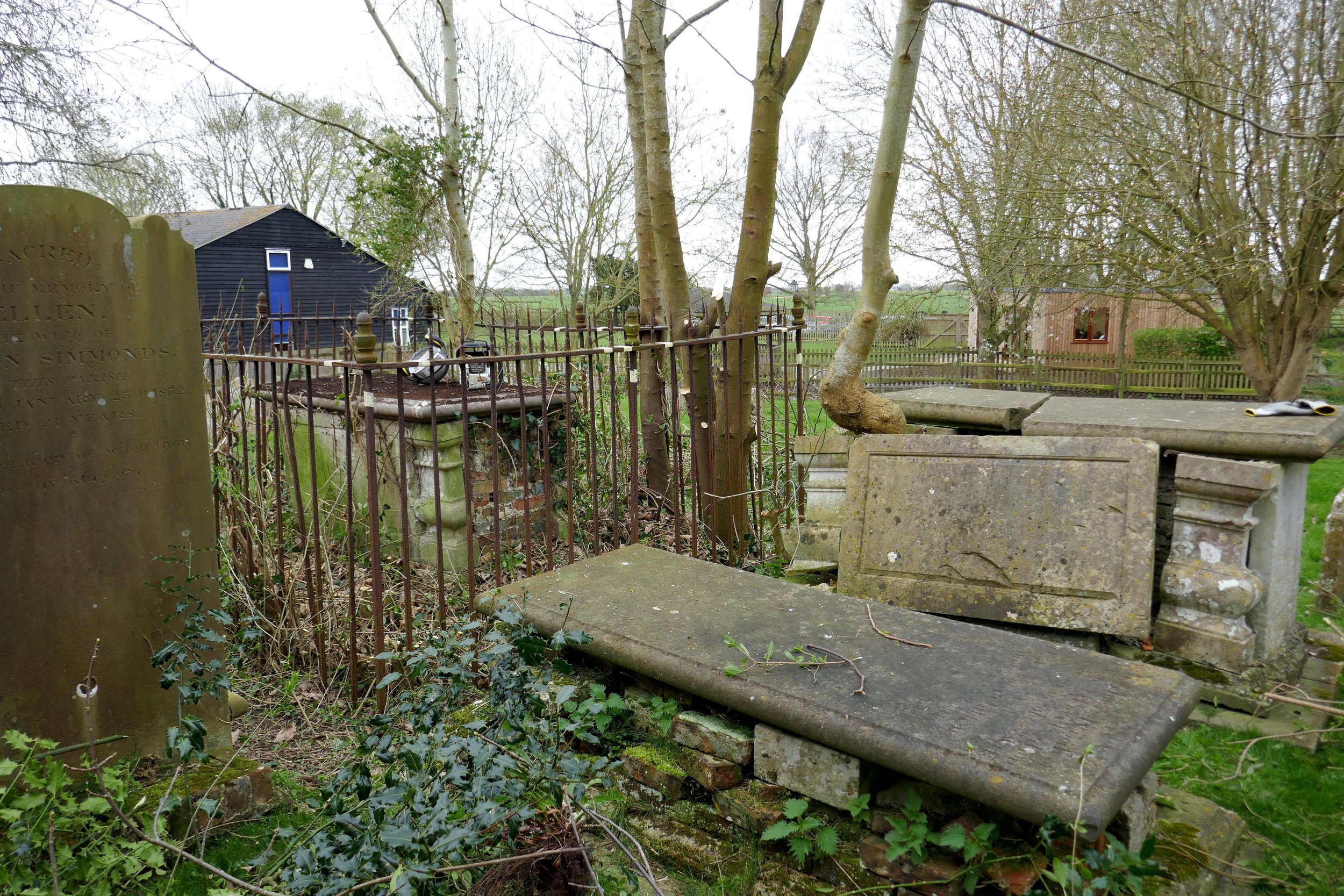
The Intervention
The project was estimated to cost £31,430, including architect’s fees. The Trust agreed to cover the full works in 2016-17, less £1,500 contribution from Kent County Council. Savings amounted to £4,494 so the final grant made by the Trust was £25,436.
The reconstruction of these 18th and 19th century monuments was undertaken by a stonemason and building engineer. However, it was first necessary for an arborculturist to remove the vegetation. This was a delicate and sensitive task, as so much of the growth was from inside the monuments. One of the 18th century box tombs was surrounded by iron railings, which were also in a very poor state of repair, and needed to be removed for restoration by a firm of metalworkers.
DURING THE WORK:
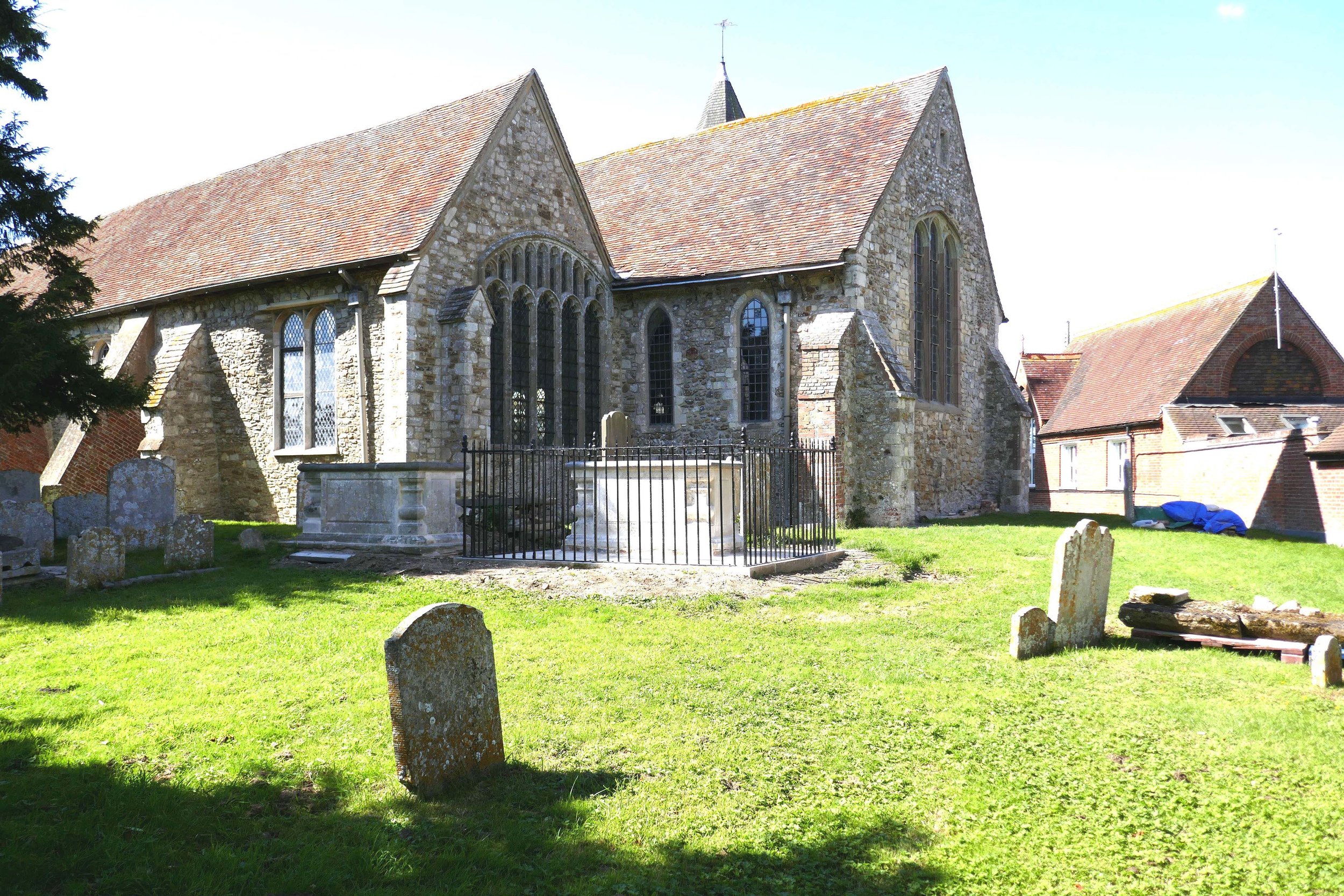

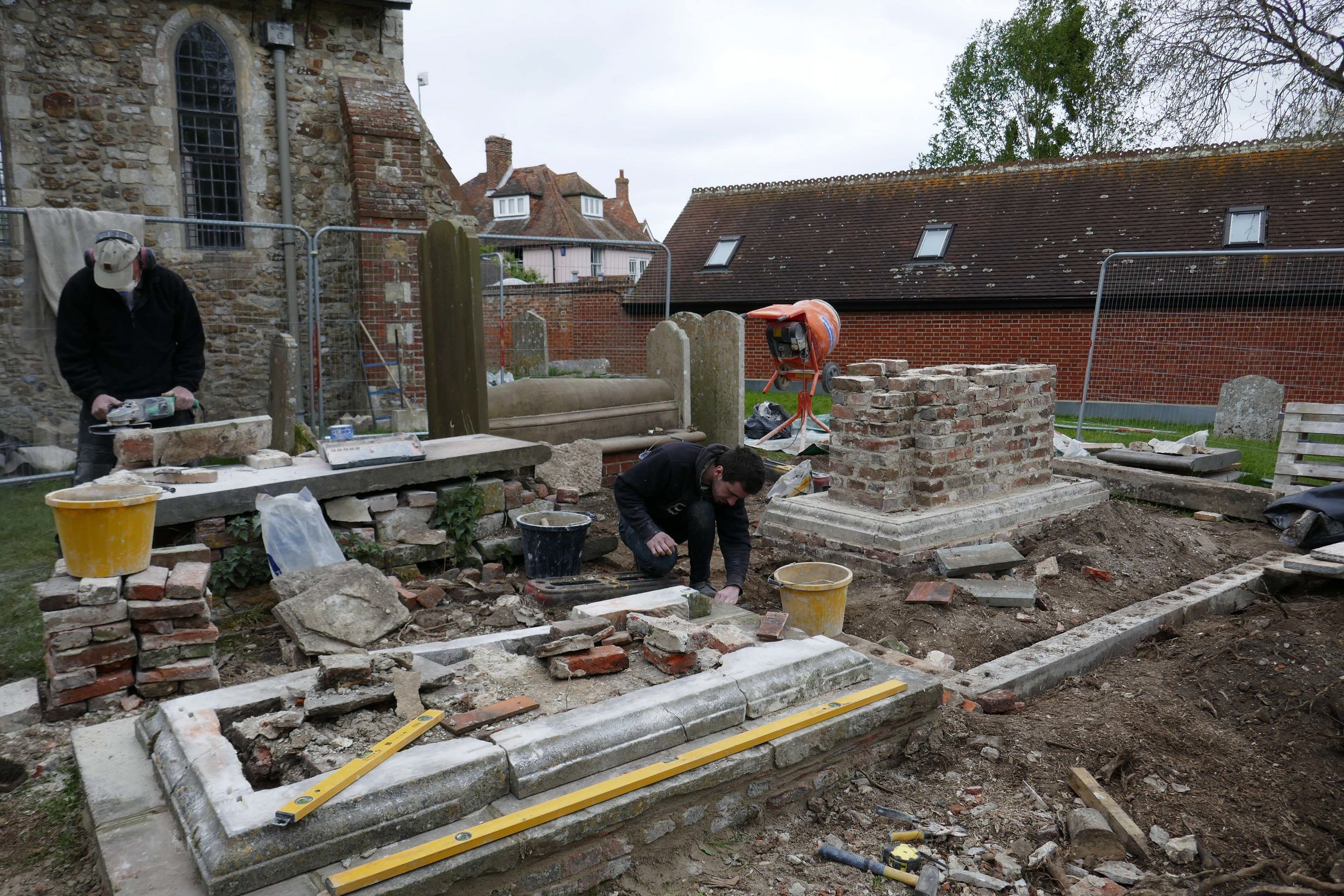

COMPLETION
In November 2017 most of the work had been completed. The final job of raising one of the headstones to a vertical position marked the project complete and the project was successfully signed off in 2018.
AFTER RESTORATION WORK:

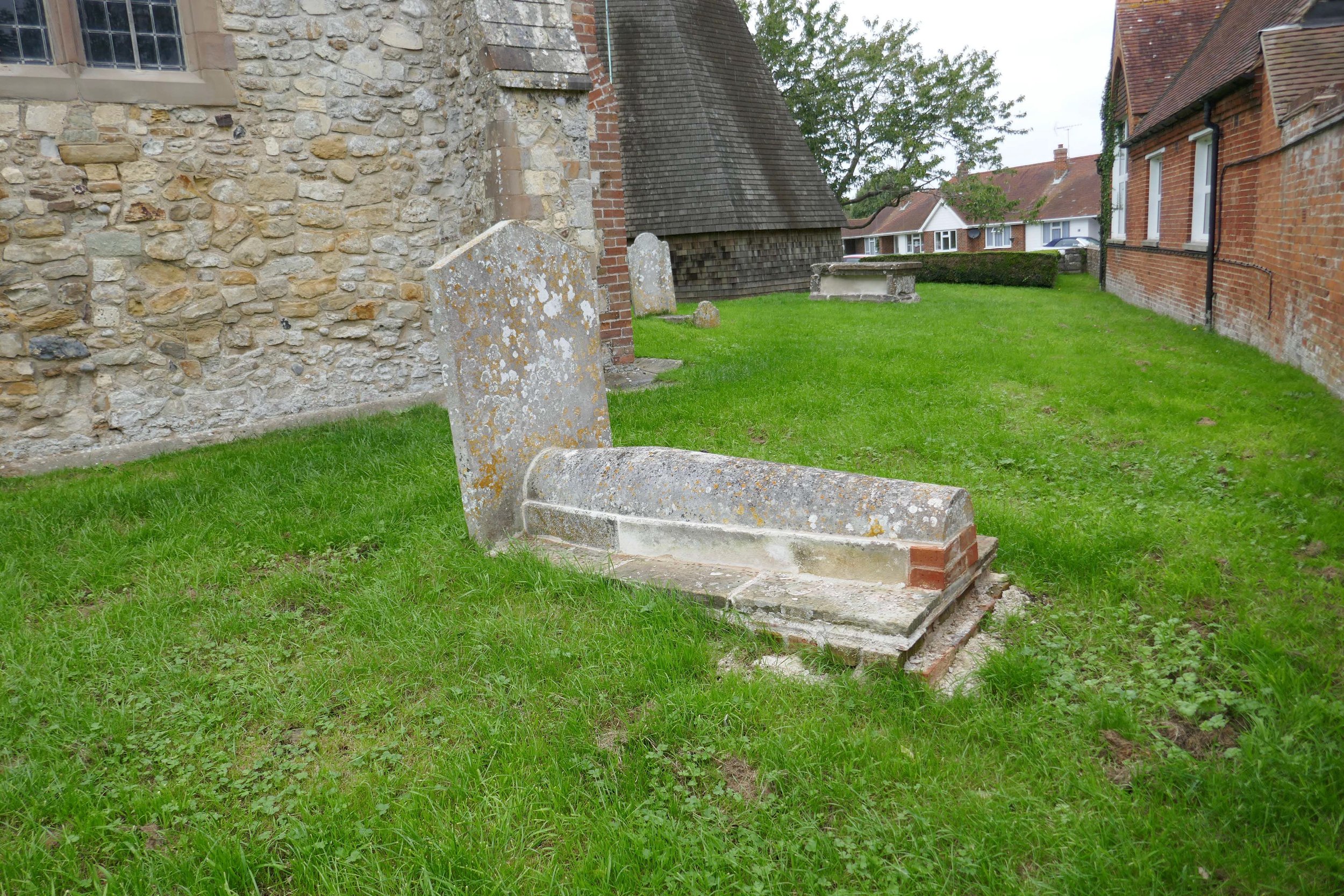
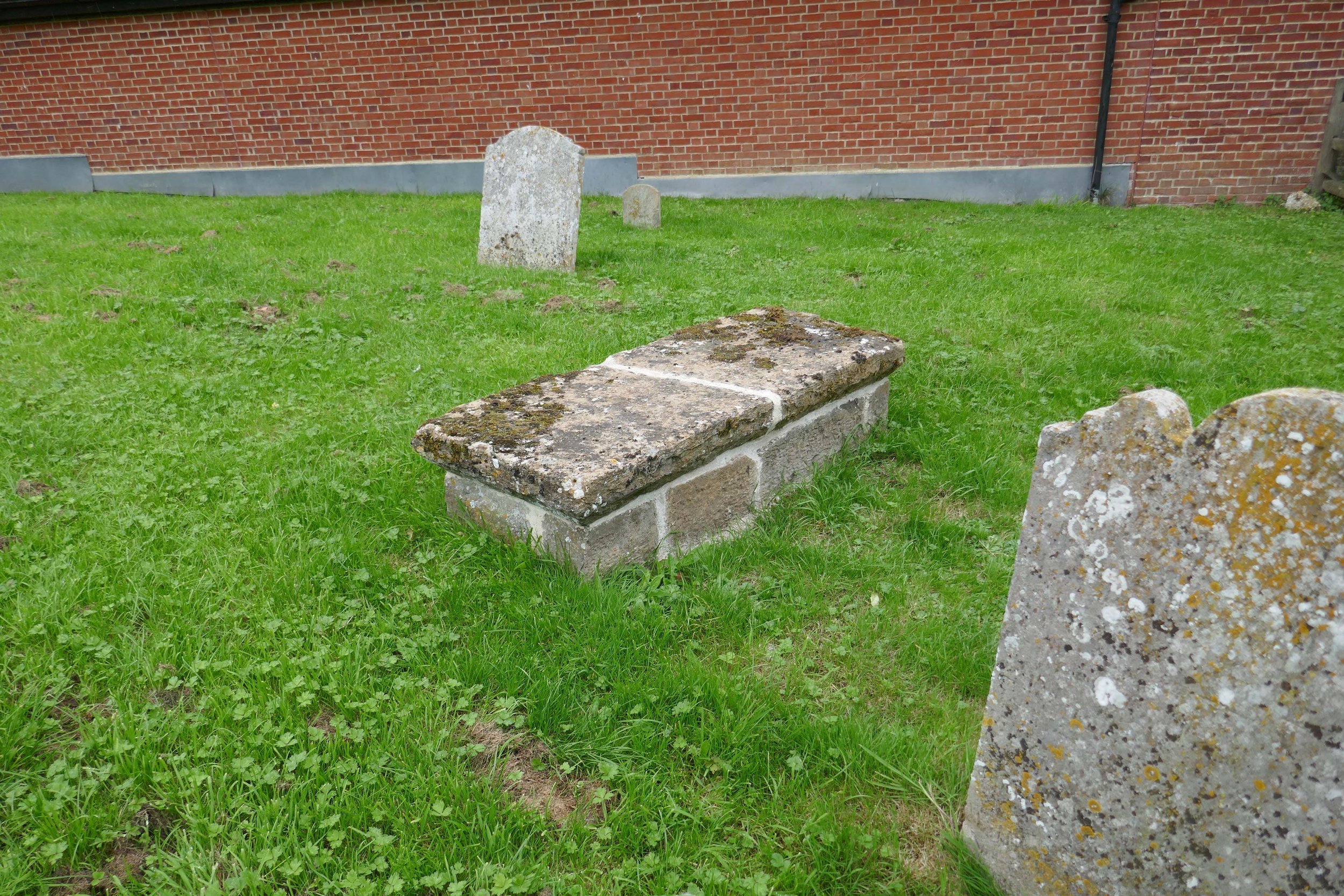
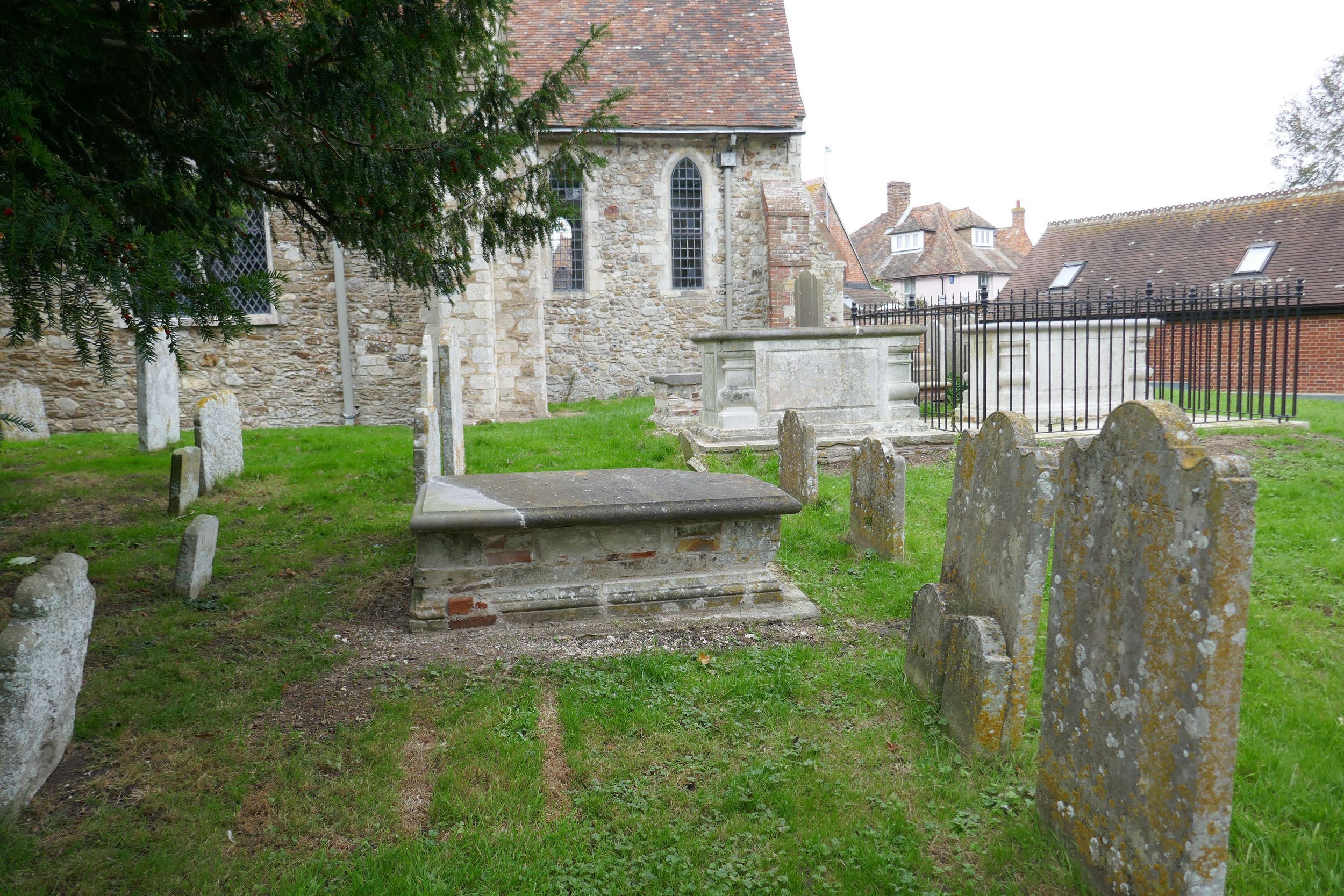
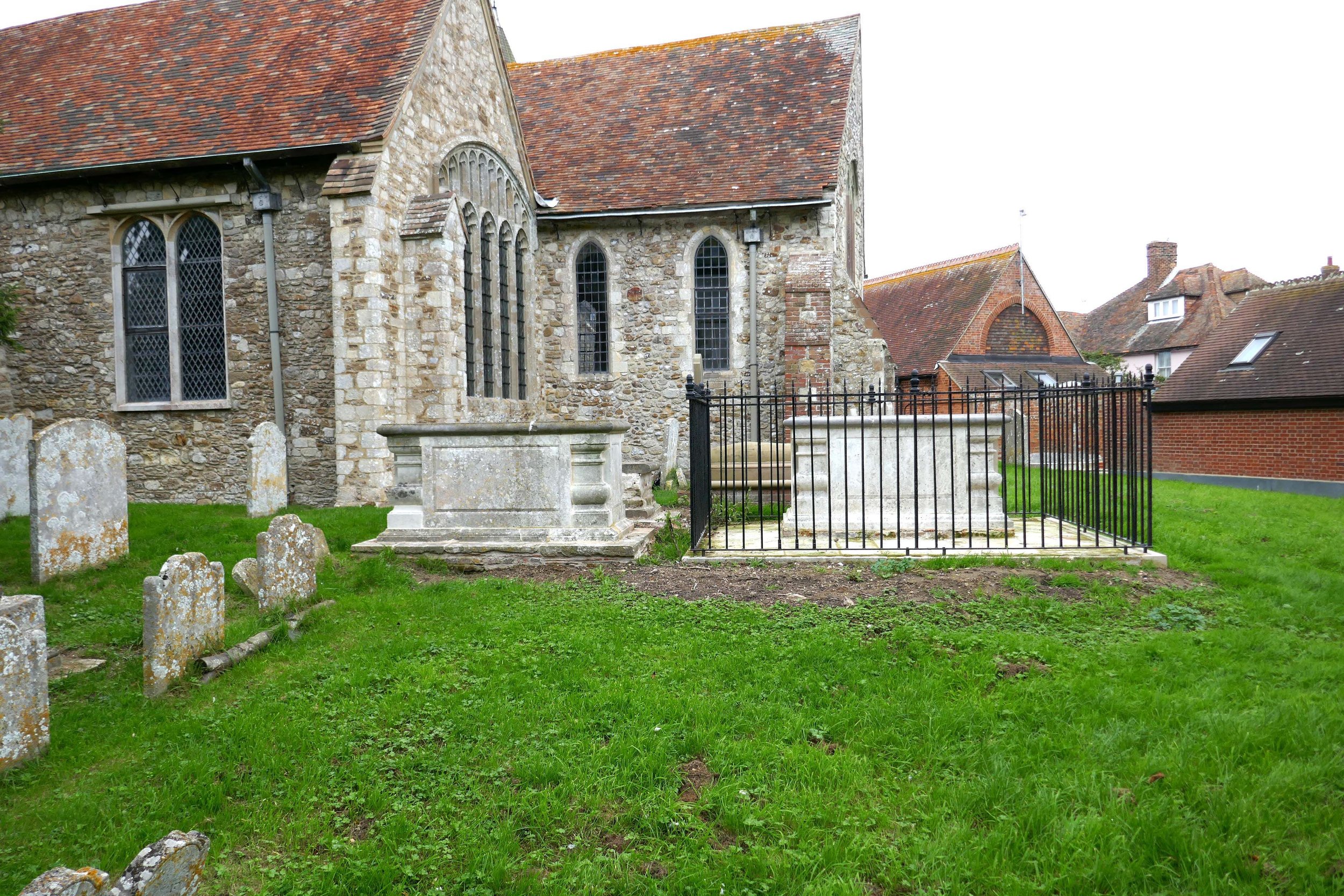

The Lasting Impact
The restoration of the tombs was a great success. These ancient monuments have been saved from ruin and can now be seen by visitors to the church, including ancestors of the departed. The once-overgrown churchyard is now carefully tended. The Fifth Continent Landscape Partnership Scheme has created an area for wildlife in the churchyard, in collaboration with local volunteers.
HISTORIC FEATURES SAVED FROM RUIN AND NOW ACCESSIBLE TO ALL:
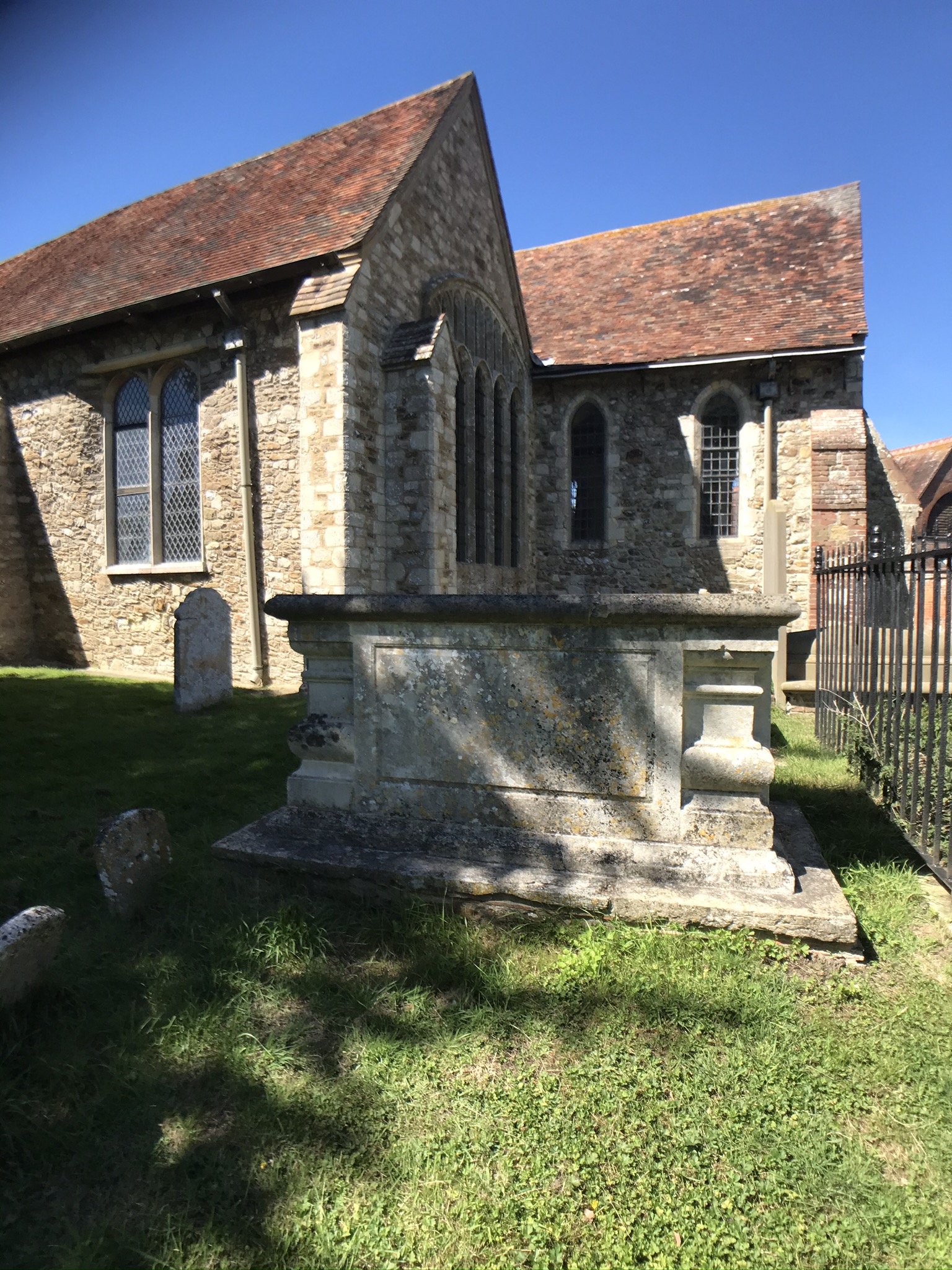


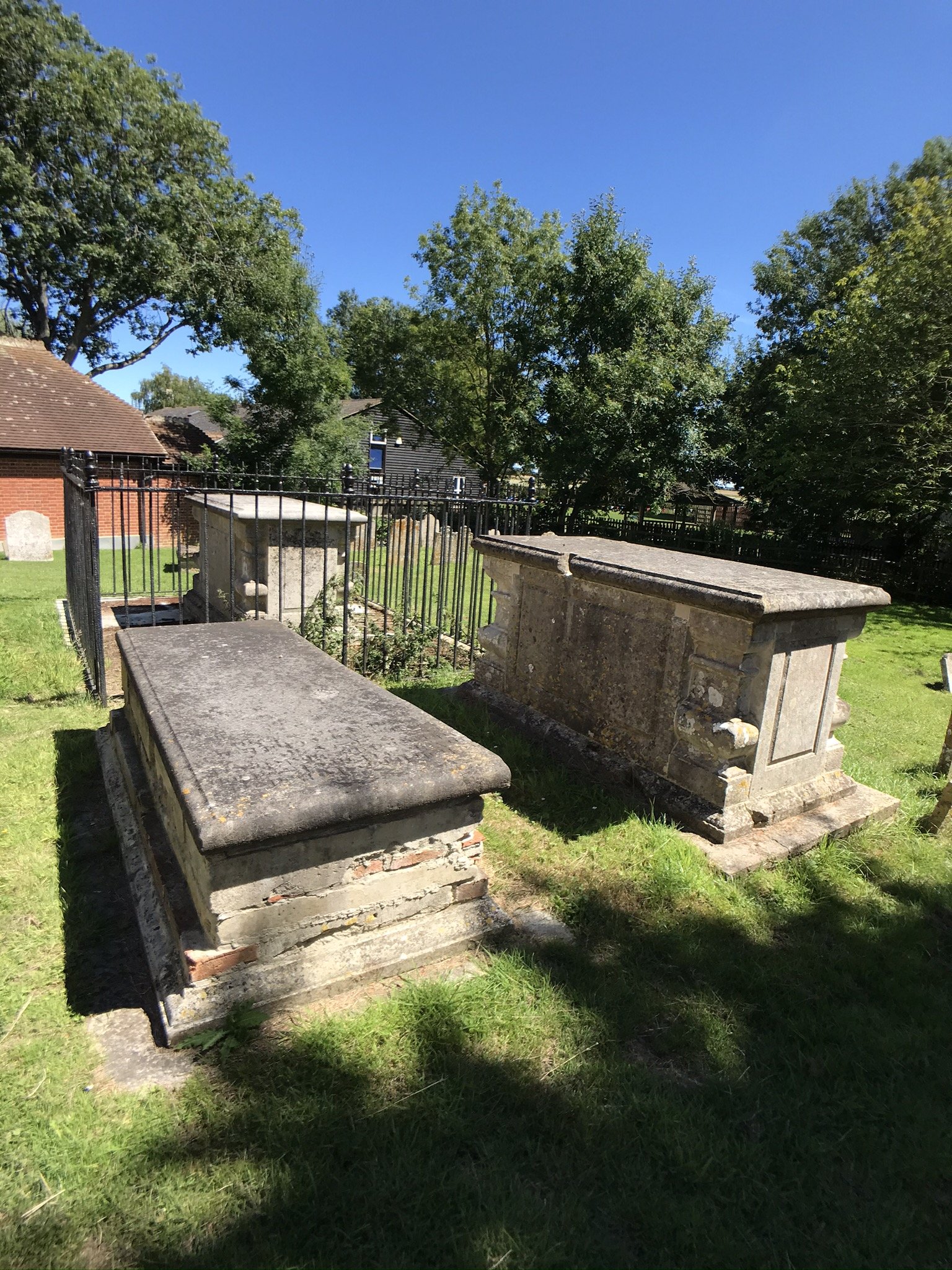
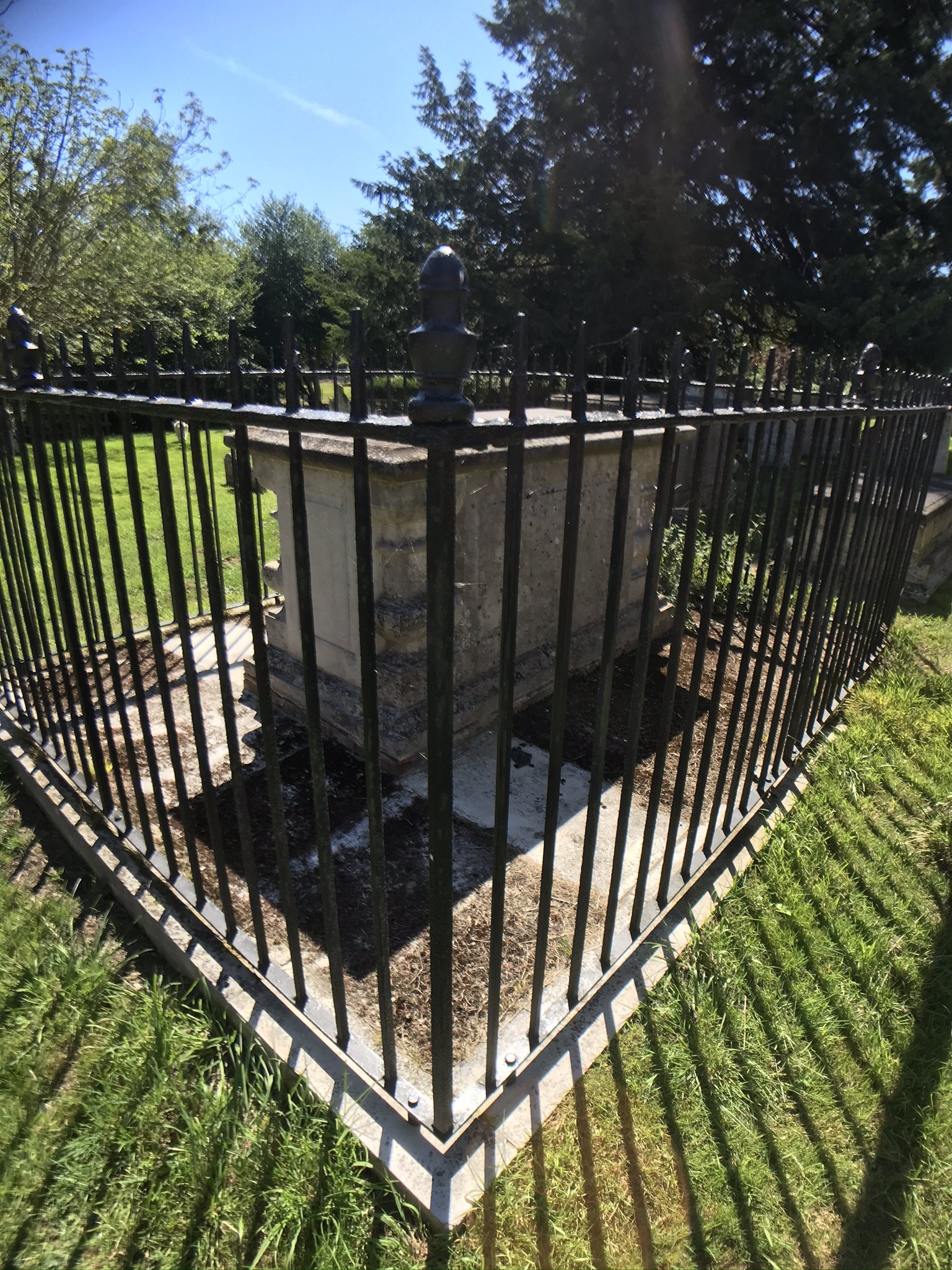

Did You Know?
Dedicated to the first Archbishop of Canterbury, St Augustine, the present church was built from around 1200 although it is possible that an earlier, wooden church existed here.
The church is entered by the north porch, which has interesting barge boards. For some years the discarded upper gates were kept inside the church, and the lower barred gates had spikes to prevent horses from entering during services!
The most striking and important feature of the church is the circular lead font. It is older than the building itself and dates from about 1175. It is decorated with the Labours of the Months, showing tasks in rural life that would be carried out at different times of the year. Above these are the signs of the Zodiac.
During repairs to the south wall in 1964, an exciting discovery was made - fragments of a wall painting depicting the martyrdom of St Thomas Becket in 1170.
The separate octagonal wooden tower is very unusual and only five such structures are known to exist in England. It is now understood that the bells hung originally within an open wooden structure and that they were later enclosed.
More about St Augustine’s
BROOKLAND
Preview of the 3D virtual tour for Brookland.
More photos of St Augstine’s, Brookland
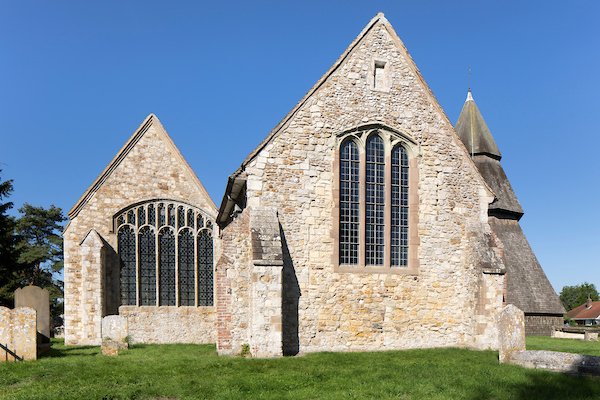





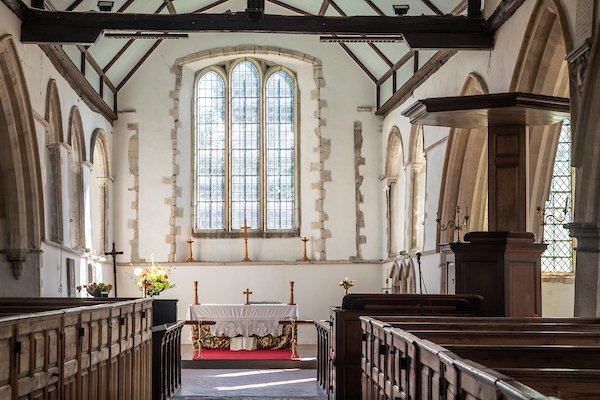

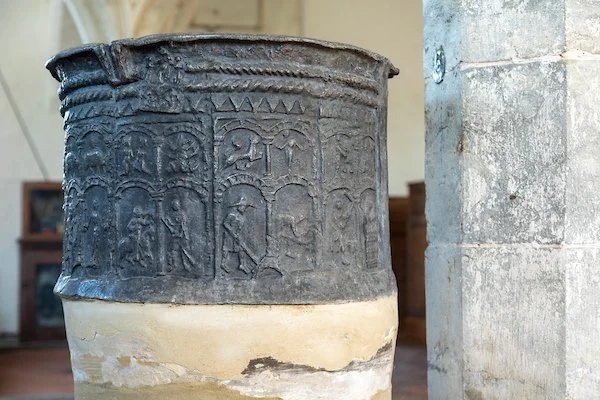



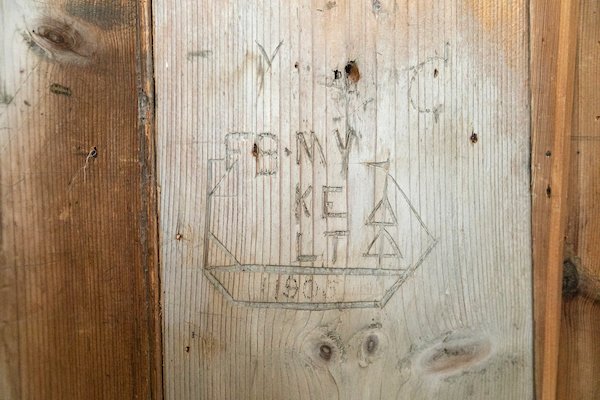

Find out more
Discover more about St Augustine’s Church at Brookland with our new self-guided tour. Scan the QR code on your mobile device or click the tour button to view online.
Listen online
An audio-only version of the tour is also available to listen to here.

